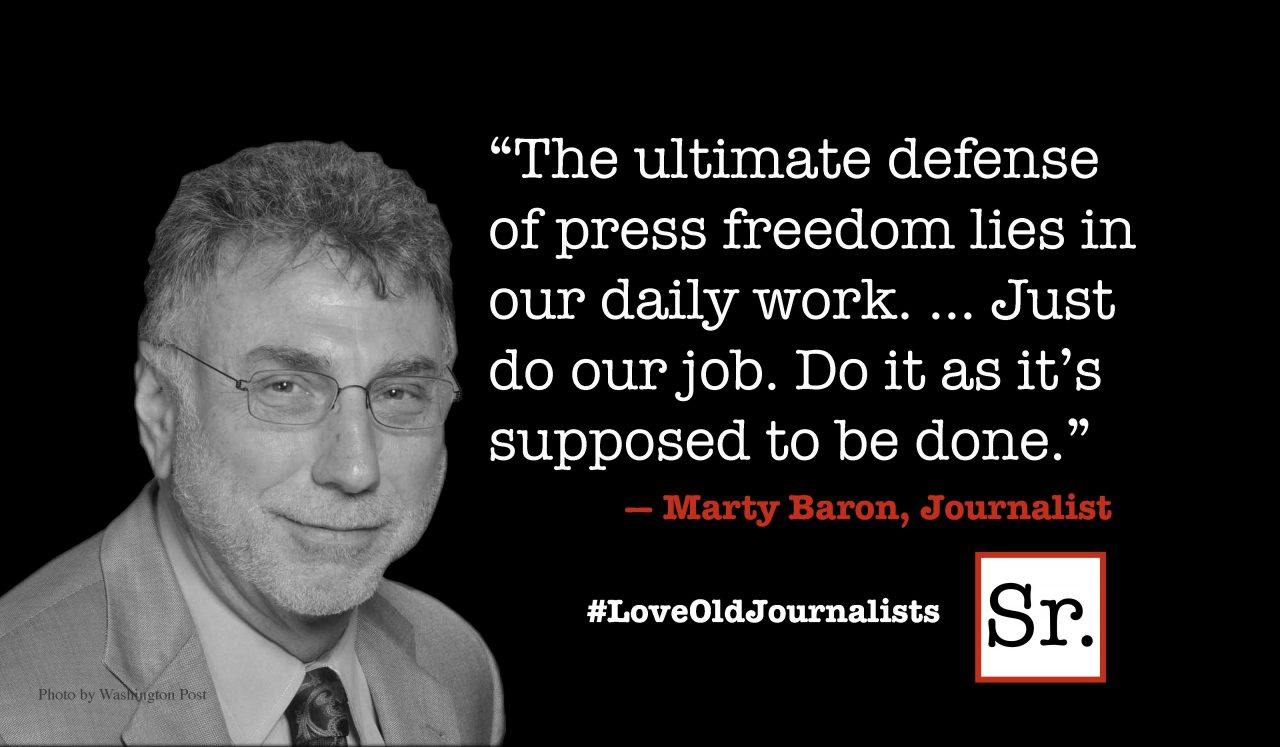Today we celebrate once more the miracle called the United States of America. While we are a single unified people, we are also one vast collection of separate neighborhoods in which residents struggle for recognition as well as survival. Somewhere amidst all the problems and opportunities neighborhoods confront, I have asked the question: Can a neighborhood with its peculiar problems and agendas become a community? There is a vast difference between the two forms of social organization. The example I’m about to detail may offer a model for what may produce the ability to create new generative social units I have called communities.
A few weeks ago I arrived home to find our newly occupied apartment a hubbub of activity. A good friend of mine in his retirement became a first-class photographer and had sent us several remarkable photos. When they arrived a neighbor offered to frame them. This he did and then volunteered to hang them for us. And that is what he was doing when I arrived. At the same time, a second neighbor had come over having offered to fix a glitch in our computer program. A third neighbor was busy loosening windows that were difficult to open. All this was happening simultaneously. My total unsolicited cost for everything was simply an enormous sense of thankfulness for living in that sort of community
We had just moved to this apartment from the house we had occupied for seventeen years. During that time we had accumulated an enormous collection of stuff for which there was no room in the new unit. If you have gone through this downsizing routine, you know how difficult a task it is. In addition to getting rid of the assorted piles of our precious debris, the question was how to fit all our furniture into this diminished space. As we were fretting about solving this problem, along came another neighbor who went into every room in the house, creating scale models. He then went with us to the vacant apartment and helped us place the cutout models where we wanted them, using the apartment floor plan design he had also created
It was clear that some of our furniture wouldn’t fit anywhere. This included a massive roll-top desk that years ago I had dismantled and refinished, a great oak dining table with three extensions, a second computer complete with desk, an elaborate music system with four wall-hanging speakers, a marvelous coffee table, and who knows what else. We left some things for the friends who would later occupy the house, and the rest went to a group of residents who sold them, giving the money to a fund that supports residents on limited incomes.
What about the move itself? If you have ever changed residences you know how complex and expensive that is. But in our community, there are a dozen men and women called "many hands movers" who came in and with the help of the properly placed cardboard models, in less than two hours put everything where it belonged. This volunteer crew, the average age being in the upper 70s, regularly relocates our residents.
We call the place where Wendy and I live “an intentionally beloved community.” Nobody makes too many oppressive rules or dictates what each of us must do. In what I have just outlined and in a hundred other ways we take care of each other, and what I have just described does not scratch the surface of the ways we care for each other. No one needs to hire a professional company or ask our administration to do what we can do for each other — including seeing to it that no one needs to leave the community because his or her family runs out of money. We have over eight million dollars set aside for that purpose.
The old adage, “from each according to ability, to each according to need,” may indeed be the underlying formula that turns a neighborhood into a community. But when that economic design was tried among friends of Jesus shortly after his death, it failed when the formula got bound up with the imposition of a condition sanctioned by the leaders. The problem is complicated when the simple formula I just outlined is smothered by some authoritative body or is reduced to a set of rules to be obeyed. The more recent experiment we know as communism quickly became “the dictatorship of the proletariat,” and proved to be as oppressive as any other dictatorship. Community comes from the bottom up, not from the top down.
Perhaps the move from neighborhood to community is only possible when small groups of people voluntarily agree among themselves to see all others in the vicinity as brothers and sisters and do what needs to be done for each other because that is the nature of the relationship. When it has become a matter of obedience to some external authority, it never works. Is such a transformation a practical model in larger groups or even internationally? That is a far more complicated problem — but then when has it been attempted? But neighborhoods can become communities. Give it a try.









